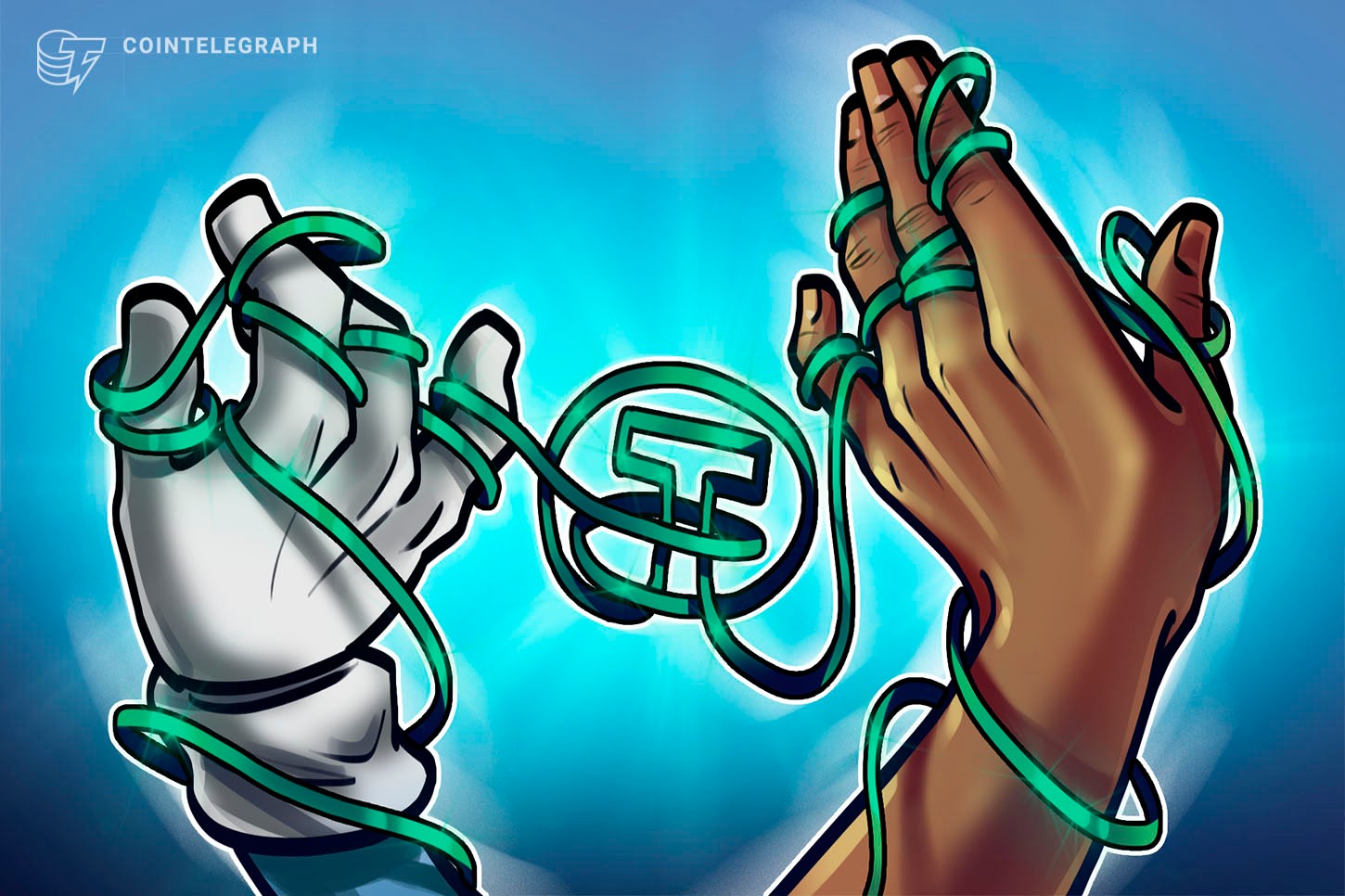
At a time when USDT is touching new market cap highs, other stablecoins are struggling to keep their market share.
The Tether (USDT) stablecoin has hit a new all-time-high (ATH) market capitalization of over $83 billion as its market dominance continues.
The new ATH comes in a year when other stablecoin issuers struggle to stay afloat due to regulatory woes. The same was pointed out by cryptocurrency exchange Binance’s CEO Changpeng “CZ” Zhao.

In a tweet, CZ drew attention to Binance USD (BUSD), the Binance-branded stablecoin issued by Paxos. The Binance CEO said BUSD, a fully regulated stablecoin, was “capped” by the New York Department of Financial Services (NYDFS) at $23 billion and currently sits at a $5 billion market cap, and since then, USDT has seen tremendous growth.
BUSD, a fully regulated stablecoin, was "capped" (no new minting) by NYDFS at $23b. Now at $5b market cap.
— CZ Binance (@cz_binance) June 1, 2023
Since then, USDT has seen tremendous growth. https://t.co/KqBkDK71WS
In February, the NYDFS ordered Paxos to stop any new issuance of BUSD, citing violations of security laws.
At a time when USDT has reached an ATH market cap, its competitors, such as Circle-issued USD Coin (USDC) and BUSD, are struggling to maintain their market share. The second-largest stablecoin, USDC’s market cap stands at $28.8 billion, a difference of over $50 billion to USDT. For context, at one point, USDC’s market dominance was nearing that of USDT, with its market cap reaching an ATH of $55.8 billion in June 2022.

The prolonged bear market of 2022 took its toll on both stablecoins, with declines in their market caps after the June 2022 highs. However, USDT has managed to bounce back with higher market dominance, while USDC’s market cap has been cut almost in half.
Related: Are stablecoins securities? Well, it’s not so simple, say lawyers
The prominent reason for the decline in the market share of other stablecoins can be attributed to regulatory scrutiny by United States regulators and the U.S. banking crisis. After a ban on new minting of BUSD for security violations, its market cap dropped rapidly as users started to convert their BUSD to other stablecoins.
Similarly, for USDC, the major crisis came from the Silicon Valley Bank collapse, where the stablecoin issuer held about $3.3 billion in reserves. This led to market panic and a subsequent depegging from the U.S. dollar. Although USDC regained its peg the next day, it took a significant toll on its market cap, with many users converting their USDC to other stablecoins in fear of a total crash.
Magazine: ‘Moral responsibility’ — Can blockchain really improve trust in AI?

You can get bonuses upto $100 FREE BONUS when you:
💰 Install these recommended apps:
💲 SocialGood - 100% Crypto Back on Everyday Shopping
💲 xPortal - The DeFi For The Next Billion
💲 CryptoTab Browser - Lightweight, fast, and ready to mine!
💰 Register on these recommended exchanges:
🟡 Binance🟡 Bitfinex🟡 Bitmart🟡 Bittrex🟡 Bitget
🟡 CoinEx🟡 Crypto.com🟡 Gate.io🟡 Huobi🟡 Kucoin.




















Comments